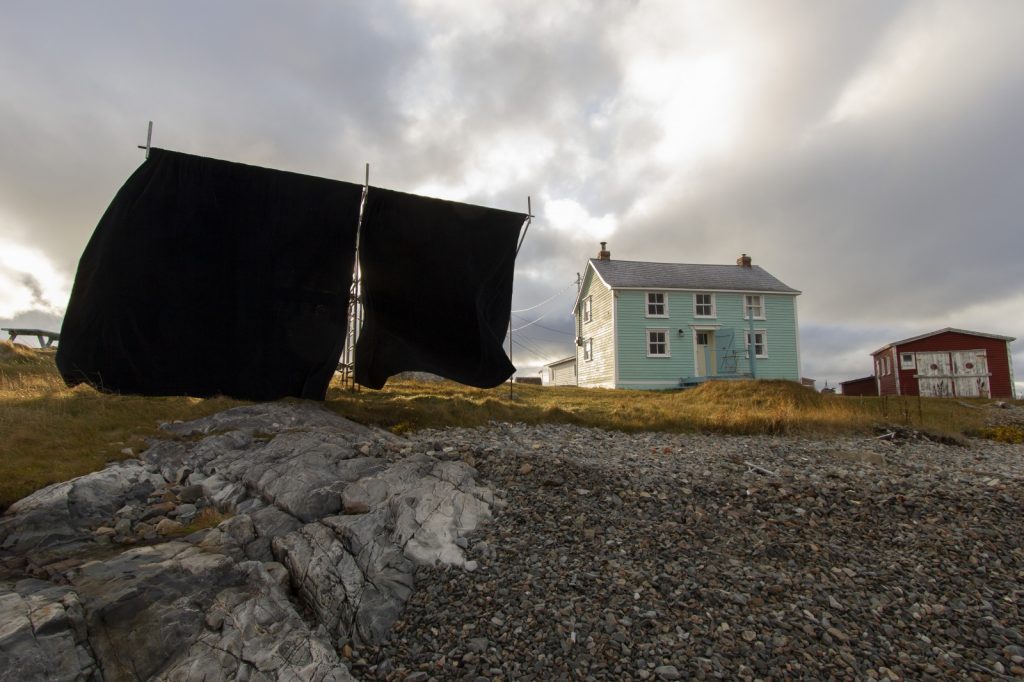
In fall of 2019, multidisciplinary artist Abbas Akhavan hung two ten-foot wide theatre curtains from a twelve-foot scaffolding on the beach in the small community of Joe Batt’s Arm on Newfoundland’s Fogo Island. The wind animated the velvet curtains, choreographing a dance between the undulating fabric and the waves in front of them, transforming the land behind flapping curtains into a stage. Every night and every morning for the duration of the installation, Akhavan climbed the scaffolding to furl and unfurl the twenty-foot wide curtains, a task that was often made more difficult by wild wind and rain, which added weight to the thick fabric. The structure was part of his site-specific exhibition and installation script for an island, which explored the overlap between the language and materials that facilitate labour and faith practices on Fogo Island and the vernacular and architecture of theatre.
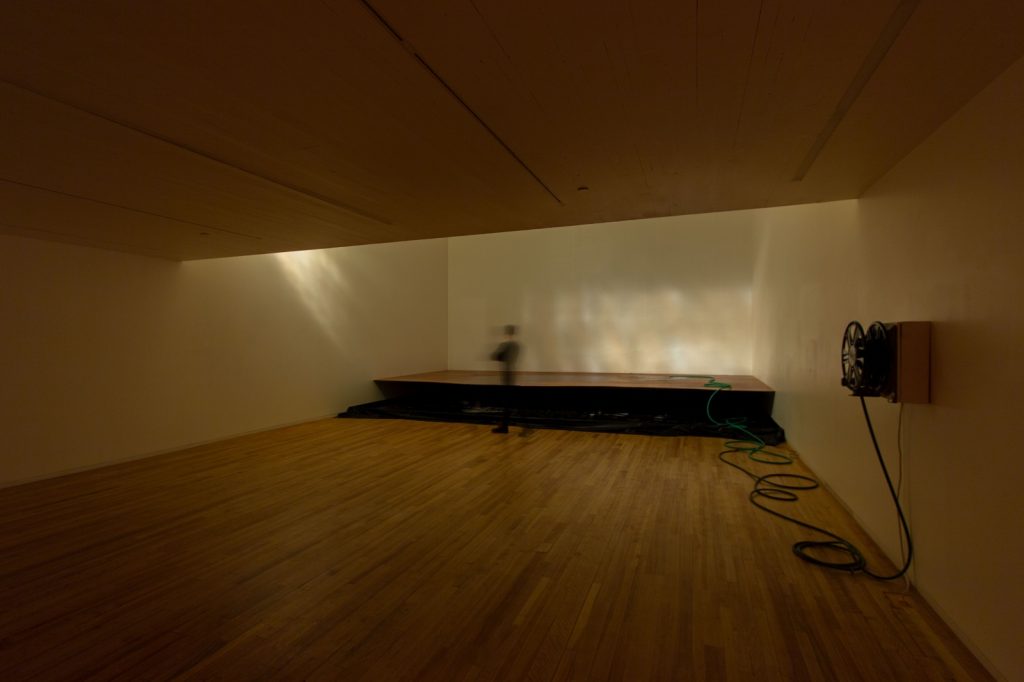
Photo by Alexander Ferko.
I spoke to Akhavan in his Montreal studio, where he explained that script for an island, an exhibition co-curated by Alexandra McIntosh and Nicolaus Schafhausen at the Fogo Island Gallery (presented by Fogo Island Arts), was created during his third Fogo Island Arts’ residency as a response to things he had observed about the landscape and life on Fogo over the course of his culminated six months on the isolated island.
As a visiting artist making site-specific work on Fogo, it was important to Akhavan that he assume the role of neither a tourist nor an expert but something in between. He wanted to make work that was of the place but did not attempt to arrogantly reflect the islanders’ home and culture back at them. The show is a meditation on what Akhavan learned about Fogo through osmosis, through observation and casual chats over a glass of beer.
“I never went to someone’s door and asked them questions, I’m not interested in being a voyeur or extracting information, I think it’s important to just take what you’re given,” Akhavan says. “When I go to a place, I listen, I loiter, I research until I start to see a snag in the social fabric and I get hooked on something, I get stuck on it and I want to tease it out.”
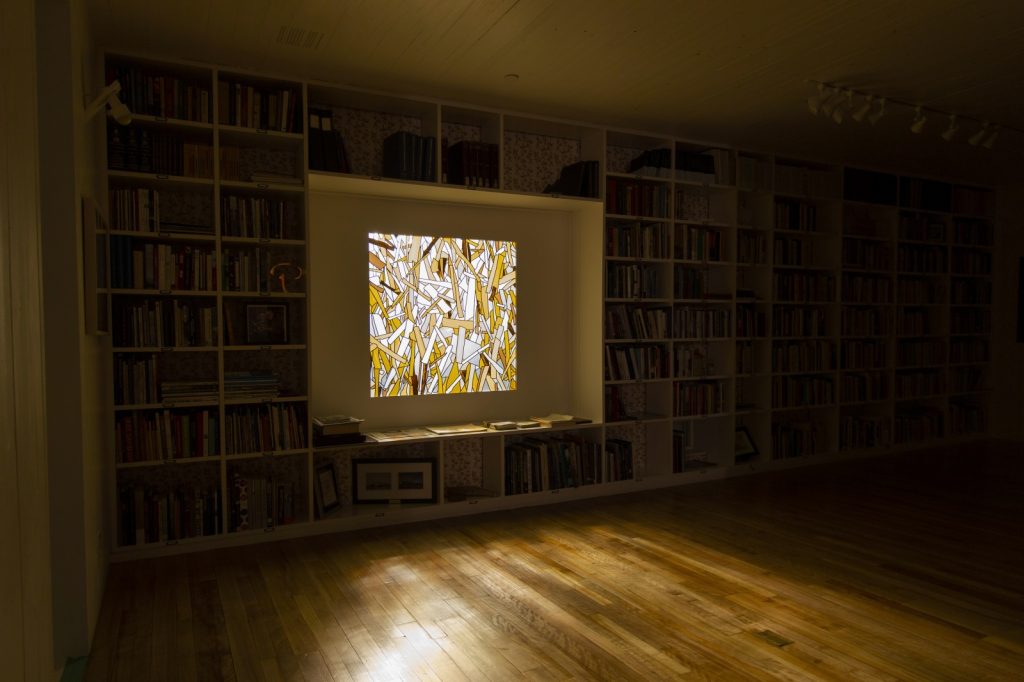
During his time on the island, Akhavan noticed that much of the language and architecture used in the fishing industry on the island is also present in theatre. For example, in Newfoundland the small sheds on stilts where fish are cleaned are called stages. Stages often have a trap-door in the floor that allows people cleaning fish to let the guts fall into the ocean; Akhavan pointed out that this mechanism is similar to the pit-traps found in many theatre stages. He realized that the technology of sandbags and ropes used to operate theatre curtains are also used in sailing. He noted similar overlaps between the expression of religion on the island and the conventions of the theatre; citing the use of scripts, curtains, enactments and reveals.
When he first visited the gallery, Akhavan was struck by the fact that the large rectangular room resembled both a theatre and a church. The gallery’s ceiling is low in the back of the room where an audience’s chairs or church pews might be arranged and opens up in the back of the room, just as the ceiling above a theatre stage or church pulpit would. The gallery was lit by a small window on the second floor which Akhavan noted might have housed a lighting technician if the space were a theatre. In script for an island, he filled the window with stained glass overlay designed to look like a piece of pressboard. Light poured through collaged together slices of curved yellow, orange and brown glass. The stained-glass overlay drew attention to the strange light booth-like space, referencing a theatre as well as the stained-glass windows of churches and practical, economic method of covering a broken window that one might see in Fogo.
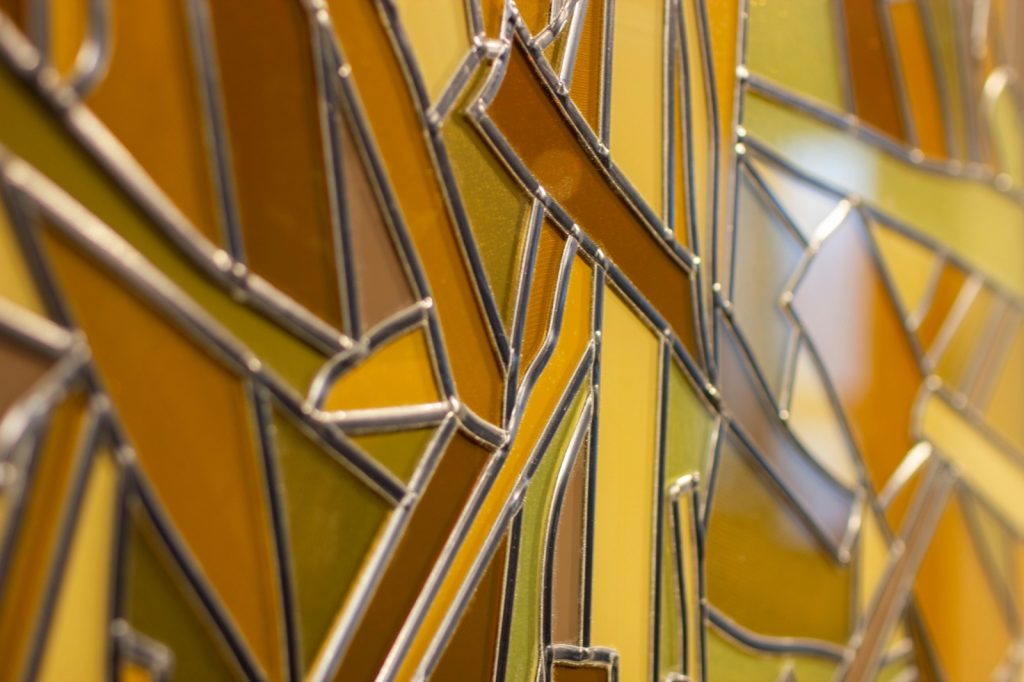
“Some of the visual or vernacular or aesthetic qualities of the work is very much reminiscent of what you would see on Fogo but kind of thinned out, or stretched or altered in a way to tweak it’s relationship, it’s not mimetic but it’s loyal, it’s invested,” he says, “…I’m not trying to re-represent Fogo to Fogo.”
In the gallery a slow but steady flow of water poured from the hose, collecting on a long door skin platform and eventually falling into a shallow pool on the floor. The water is reminiscent of the continuous circulation of water Akhavan noticed in fish plants in the area, however it is also a reference to how colonialism has shaped life on the island.
Akhavan has explored gardens as a method of colonial control over both nature and people in his past works. He explained that in script for an island the garden hose can also be read as the slithering snake in the garden of eden, implying that narratives about Fogo often falsely represent the pre-contact island as an edenic, uninhabited space – erasing the histories of Indigenous peoples who inhabited the island. While also referencing the important role that religion played in forming settler communities on the island. Akhavan piped the sound of a flag jangling against a pole into the gallery, as a reminder that the ongoing effects of colonialism continue to resonate throughout modern Fogo.
One week before Akhavan disassembled the installation on the beach, the gallery portion of script for an island opened. The staggered timing of the openings helped create the purgatorial feeling that permeated script for an island. The sculpture on the beach gave viewers the feeling that they were looking at the remnants of a performance that had already happened or a space that was being prepared for a future performance.
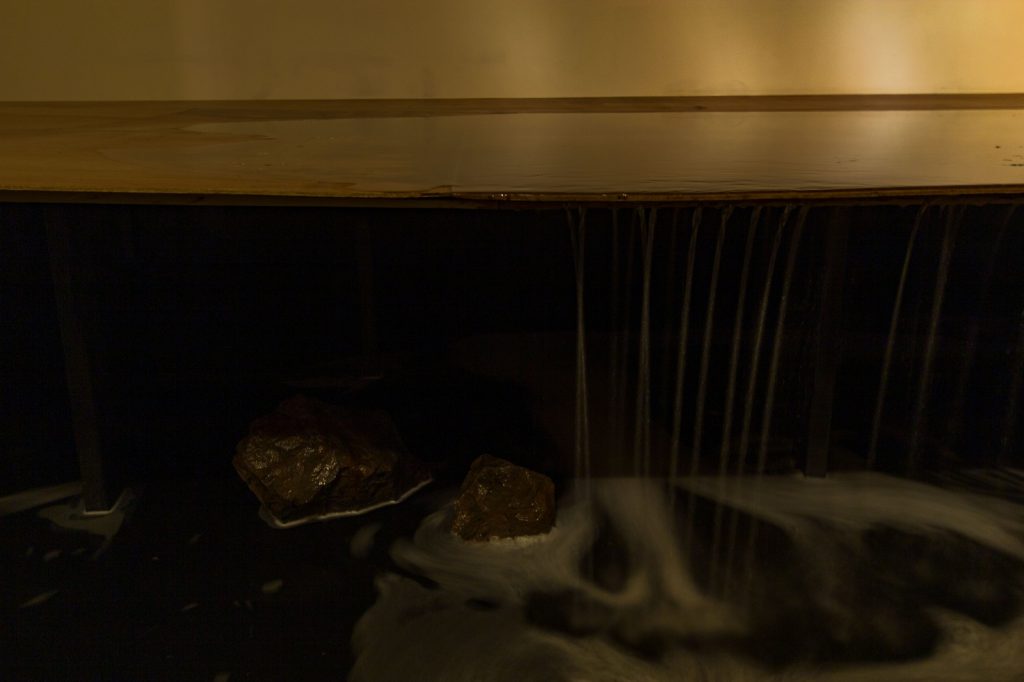
Similarly, in the gallery every twenty minutes the garden hose mounted to the wall would uncoil and recoil creating the sensation that something was either finishing or beginning. The in-between-time atmosphere of the show contributed to the reflective feeling of the work. Script for an island invites viewers to contemplate the correlations between the vernacular and architecture of theatre and of work and faith on Fogo but it refuses to ascribe an easily definable meaning to these parallels.
“My interest is in highlighting these correlations between fishing and boat building and theatre and religion, they seem to necessitate each other’s ecology in some way,” he says. “They give way to a particular kind of aesthetic and this utilitarian way of living and making and believing.”

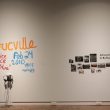
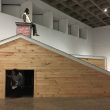
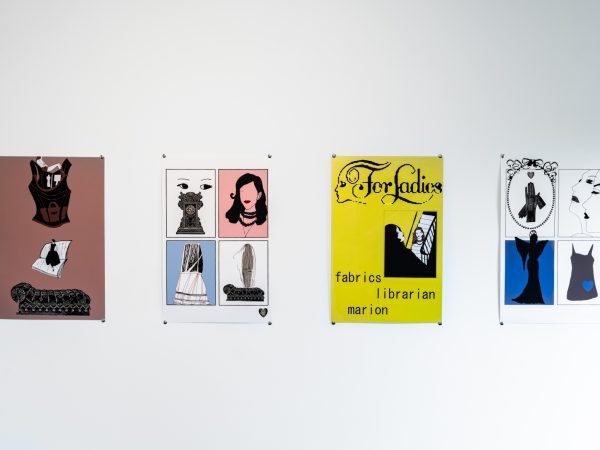
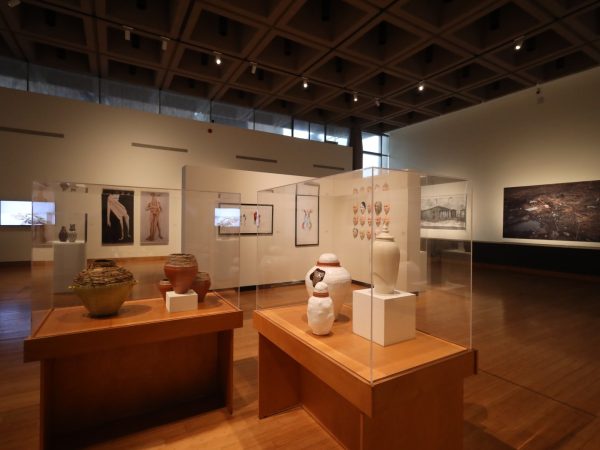




Leave a Reply